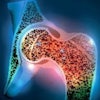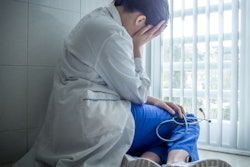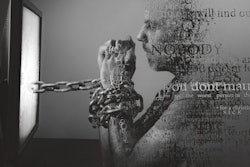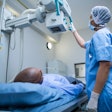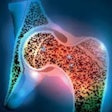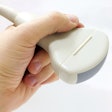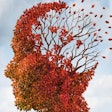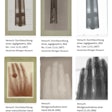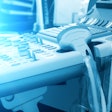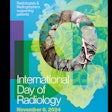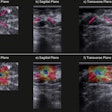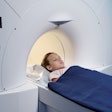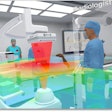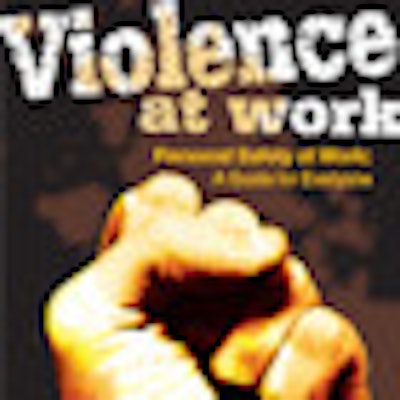
Fresh evidence about the escalating levels of violence against accident and emergency (A&E) radiographers is focusing attention on an issue of growing concern, and is encouraging more organizations to look into how best to protect staff, especially by provision of better training.
In a survey of all 31 radiographers at an unnamed trauma center in South Wales, U.K., which handles an average of 80,000 new cases per annum, 29 respondents (94%) had experienced violence and aggression at least once in the past year. Ten of them had experienced verbal abuse, seven had been threatened, four had been intimidated, four had suffered physical abuse, four had been bullied, two had been racially abused, and one had encountered a weapon.
"Violence and aggression is an alarming issue for A&E radiographers and is a greater problem than has been found previously," said Hywel Rogers, course leader for diagnostic radiography and imaging at Cardiff University at last week's U.K. Radiological Conference (UKRC). "Radiographers felt that the training did not adequately meet their needs, therefore methods need to improve and training needs to occur more frequently. This may lead to increased radiographer confidence."
Responding to this research, Dr. Sandy Yule, CEO of the International Society of Radiographers and Radiological Technologists (ISRRT), said the ISRRT has never asked member societies about this topic, but he admitted it may be time for an international survey.
 Violence at work is a major problem, but radiographers are protected by legislation that employers must act upon, according to the SoR's pamphlet.
Violence at work is a major problem, but radiographers are protected by legislation that employers must act upon, according to the SoR's pamphlet.
The U.K. Society of Radiographers (SoR) is also monitoring the situation closely, according to Lyn Wigley, health and safety officer of the SoR. Its own survey from 2011 suggested that more than a third of members have been subjected to an incident of violence at work within the last two years. More than two-thirds of the 1,250 respondents -- constituting 5% of SoR's total membership -- had experienced violence at work at least once in their career. About 70% of participants were unaware of how to report an incident, and only 39% reported the incident. More than 92% of the assailants were identified as being a patient.
The staff who feel most vulnerable and who report the highest number of incidents are those working on their own at night, Wigley said. All SoR members who completed the survey said they had taken no time off due to the incident.
Following a similar survey in 2008, the SoR published a guidance document, "Violence and Aggression at Work (including lone working)," and a leaflet to explain members' rights and what support they should expect from their employer.
In 2010, there were 7,658 incidents affecting health workers in Wales, Rogers stated. Radiographers may be exposed to the same risks of violence and aggression as other healthcare workers, yet there is a distinct lack of research about radiographers specifically, even though they are part of the front-line team, he said.
"The majority of participants (in the South Wales survey conducted in 2011) felt that their experiences had affected their performance at work, despite support mechanisms being available," Rogers noted, adding that there was little knowledge of the government's recommendations on the subject.
Of the 31 radiographers, 19 said that training should have a more hands-on approach, as opposed to e-learning. The training sessions were thought to be too academic, and more role-play training would be beneficial, he stated. Only 12 respondents reported high confidence in dealing with physical aggression due to training.
Furthermore, it appears that even with training, there is a low level of confidence in dealing with physical violence, said Rogers, who acknowledged that this was a small-scale study and the viewpoint of one group of radiographers in one National Health Service (NHS) hospital. De-escalation techniques have been shown to improve confidence in dealing with violent and aggressive behavior, though.
"Training has been shown to improve confidence then it would be pertinent for all radiographers to have a raised awareness of violence and aggression, training in the theory of de-escalating techniques, and also practical experience of dealing with varying types of aggressive behavior," he said. "As this was a snapshot of the views of radiographers last year, it is unsuitable to stimulate policy change, but it is intended to assess the ongoing progress of compliance with the Welsh Assembly Violence and Aggression Passport Scheme."
Similarly, the 2011 SoR survey findings have been sent to interested parties such as other healthcare professional bodies and trades unions, the U.K. Department of Health, and the Health and Safety Executive. The research was primarily done for the SoR's own benefit, to understand the extent of the problem, to put pressure on employers where required, and to make SoR members aware that they did not have to accept violence or bullying as being part of the job, Wigley pointed out.
The society defines violence as rude gestures (finger signals, explicit hand gestures, comments about clothing); harassment (whether on grounds of race, gender, disability, sexual orientation or religion, belief and age, any unwelcome, unwarranted, and unwanted behavior, constantly having "a go" at the radiographer about waiting times, etc.); verbal abuse and threats (swearing, racial and sexual abuse, shouting, leaving offensive messages on an answer phone, pointing, rude gestures, deliberate silences); attempted or actual assaults (grabbing, pushing or shoving, punching or slapping, kicking, biting, attacks with weapons such as knives, bottles and glasses, and even guns).



